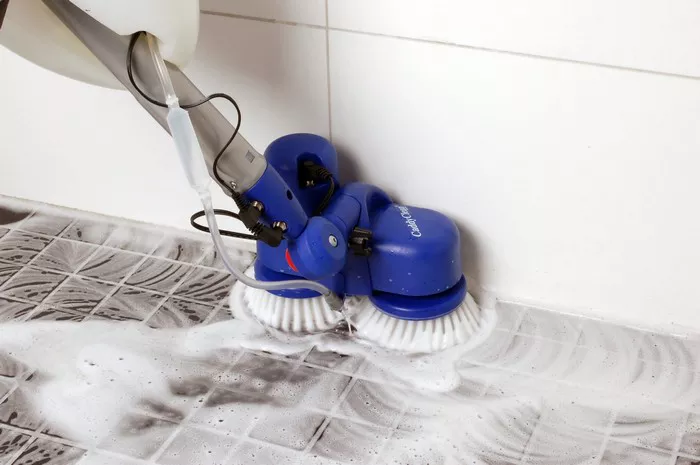Sweeping before utilizing a floor scrubber might seem like an additional chore, but its significance cannot be overstated in the realm of efficient and effective floor cleaning. In this comprehensive guide, we delve into the rationale behind this practice, exploring its impact on cleaning outcomes, equipment maintenance, and cost-effectiveness.
Purpose of Sweeping
Before delving into the mechanics of floor scrubbers, it’s imperative to understand the purpose of sweeping. Sweeping serves as the initial step in the cleaning process, aimed at eliminating loose debris, dust, and larger particles from the floor surface. By doing so, it prevents the scrubber from merely pushing debris around or, worse, causing potential damage to the equipment.
Effectiveness of Scrubbing
Floor scrubbers are marvels of cleaning technology, efficiently tackling dirt and grime across various surfaces. However, their effectiveness in handling larger debris or particles is limited. While they excel at deep cleaning and removing ingrained dirt and stains, relying solely on a scrubber without prior sweeping can lead to suboptimal results.
Potential Damage
Neglecting the sweeping step before using a floor scrubber can pose significant risks, primarily due to the presence of large debris on the floor. Such debris has the potential to damage the scrubber’s brushes or cause blockages within the machine, resulting in costly repairs and downtime. In the long run, these damages can significantly impact the efficiency and lifespan of the equipment.
Improving Cleaning Results
Sweeping before employing a floor scrubber sets the stage for enhanced cleaning outcomes. By eliminating surface debris beforehand, the scrubber can focus its efforts on deep cleaning, effectively removing embedded dirt and stubborn stains. This proactive approach ensures a thorough and meticulous cleaning process, leaving floors spotless and sanitized.
Time and Cost Efficiency
While some may perceive sweeping as an additional time investment, it ultimately proves to be a cost-effective measure. The few extra minutes spent sweeping pale in comparison to the potential expenses associated with equipment repairs and downtime caused by neglecting this crucial step. Moreover, by optimizing cleaning results, sweeping contributes to overall operational efficiency and cost savings in the long term.
Best Practices
To maximize the benefits of sweeping before using a floor scrubber, adhering to best practices is essential:
1. Choose the Right Tools: Select an appropriate broom or sweeper based on the floor surface to ensure effective debris removal.
2. Adopt a Systematic Approach: Sweep in a systematic pattern, covering the entire area methodically to avoid overlooking any debris.
3. Inspect Thoroughly: Before operating the scrubber, conduct a thorough inspection of the area to ensure no debris remains, minimizing the risk of damage to the equipment.
Conclusion
In conclusion, sweeping before using a floor scrubber is not merely a recommended practice but an indispensable one. By removing surface debris, it paves the way for optimal cleaning results, preserves the integrity of the equipment, and contributes to long-term cost savings. As such, integrating sweeping into your cleaning routine is a small yet significant investment in maintaining pristine floors and maximizing the performance and longevity of your floor scrubbing equipment.

